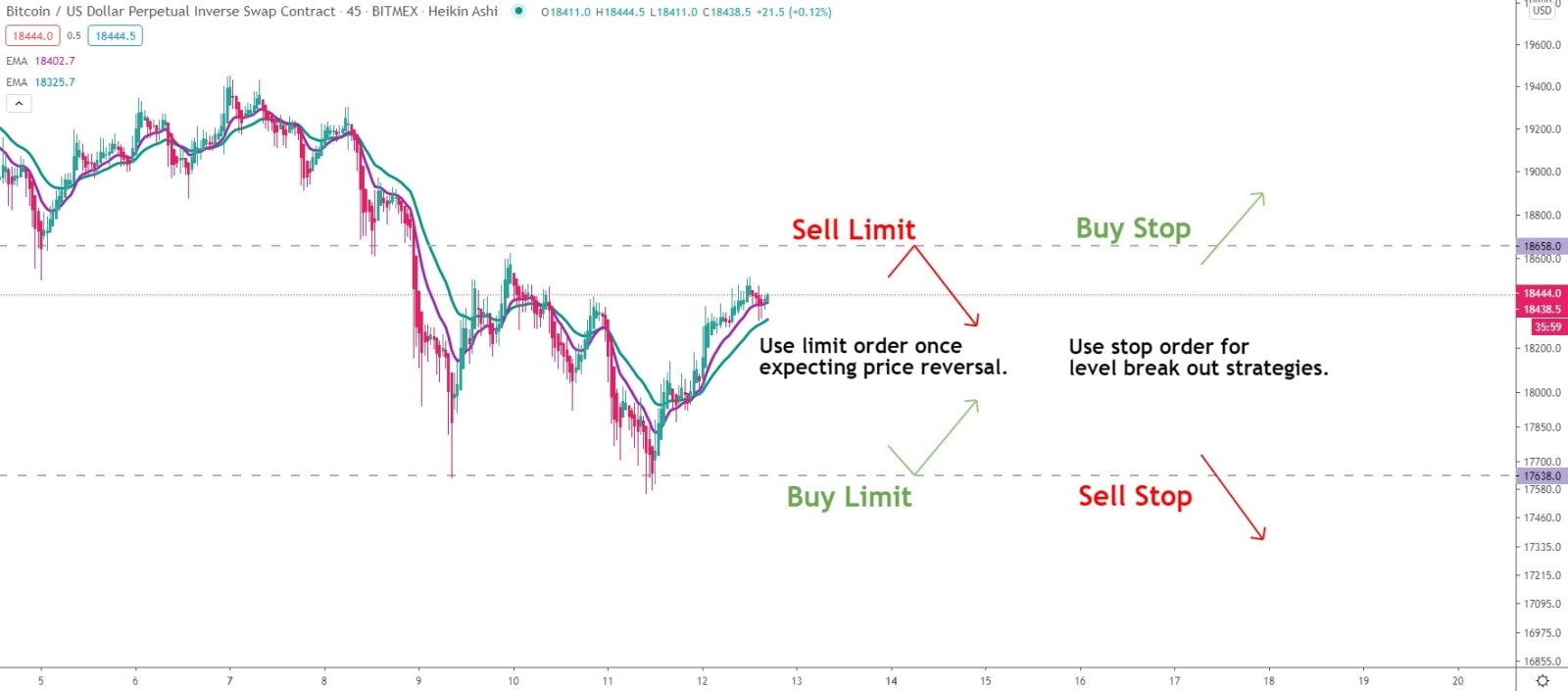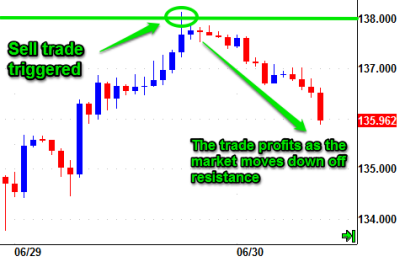Dive into the World of Precision with Limit Orders
In the fast-paced arena of options trading, where every tick of the clock counts, limit orders emerge as an indispensable tool, enabling traders to execute their strategies with pinpoint accuracy. By setting specific price limits for their trades, traders can exert greater control over their entries, exits, and management of risk.

Image: stormgain.com
Understanding Limit Orders: A Formula for Control
Limit orders are essentially instructions submitted to the exchange, specifying the maximum or minimum price that a trader is willing to accept for their option purchase or sale. These orders are only executed when the prevailing market price meets the predetermined conditions set by the trader.
Example: If a trader wishes to buy an option contract for a price no higher than $15, they would place a limit buy order at that price. Alternatively, if they want to sell an option for at least $10, they would place a limit sell order at that level.
The Role of Variations in Limit Orders: A Multitude of Options
Traders can tailor limit orders to align with their trading objectives through various variations:
- Day Order: A limit order that expires at the end of the trading day unless executed.
- Good-Till-Canceled (GTC) Order: A limit order that remains active until either canceled or executed, even after trading sessions.
- Immediate-or-Cancel (IOC) Order: A limit order that attempts to execute the full quantity immediately. Any unfilled portion is automatically canceled.
- Fill-or-Kill (FOK) Order: A limit order that attempts to execute the entire quantity instantaneously. If the full order cannot be filled, it is canceled altogether.
Limiting Risk and Maximizing Gains: The Strategic Advantages
Limit orders play a pivotal role in risk management and profit optimization:
- Define Entry and Exit Points: By setting precise price limits, traders can enter and exit trades at their desired levels, avoiding unfavorable market conditions.
- Control Execution Price: Limit orders allow traders to capture specific price points, ensuring execution at the most advantageous prices.
- Manage Emotions: Removing the element of emotion from trading decisions, limit orders execute trades automatically when predefined conditions are met.
- Tailor to Trading Objectives: With various order types available, traders can customize limit orders to suit their individual trading strategies.

Image: enlightenedstocktrading.com
Executing Limit Orders: A Step-by-Step Guide
Executing limit orders involves a few simple steps:
- Decide on Order Type: Select the limit order variation that best aligns with your trading goals.
- Specify Price Limit: Determine the maximum or minimum price you are willing to accept for execution.
- Set Order Quantity: Indicate the number of option contracts you wish to buy or sell.
- Submit Order: Transmit your limit order through your chosen trading platform.
Limit Order In Options Trading

Image: www.tradersnest.com
Closing Thoughts: Empowering Traders with Precision
Limit orders bestow upon options traders the power of precision and control. By dictating their terms of execution, traders can navigate market fluctuations with greater confidence, optimize their strategies, and minimize risk exposure. Embrace the versatility and transformative potential of limit orders to elevate your options trading to new heights of precision and execution mastery.






